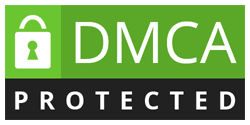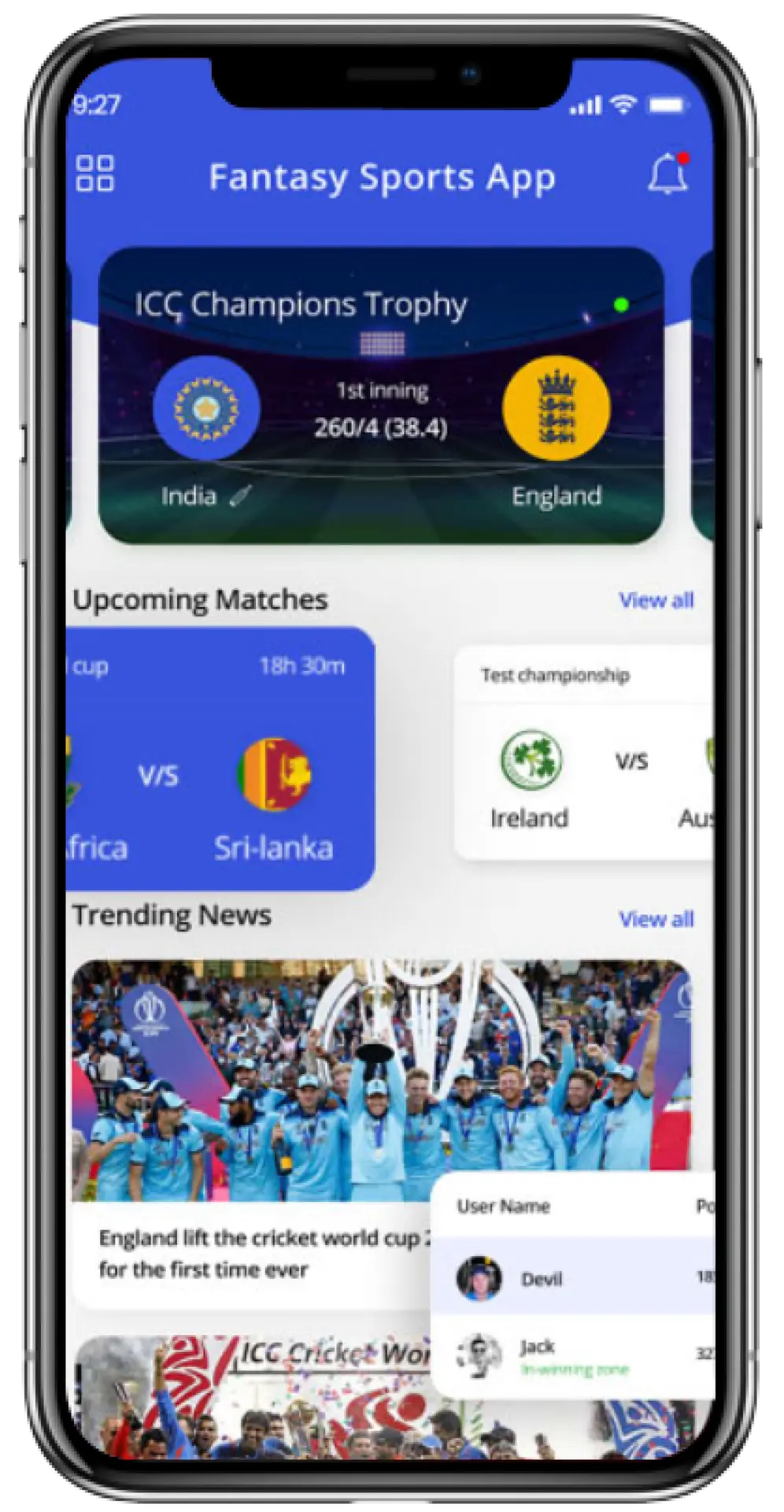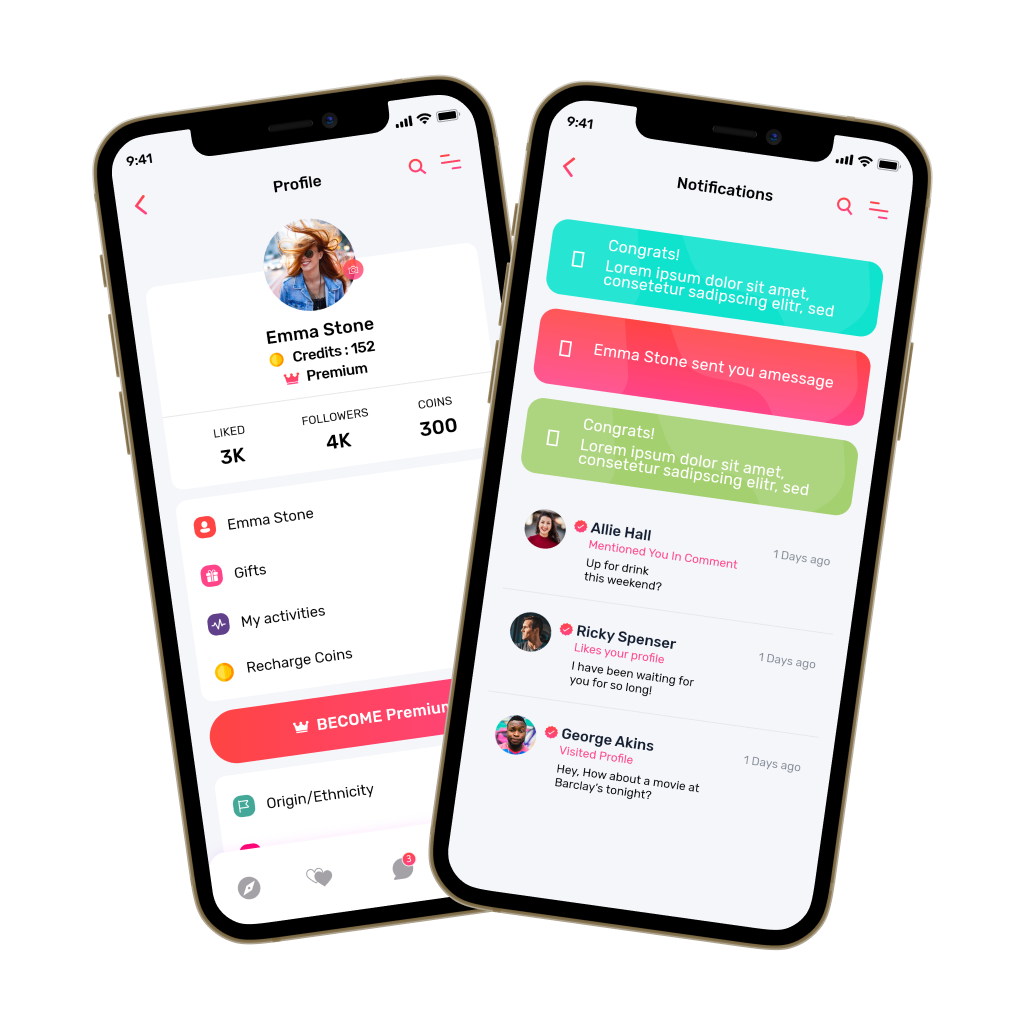Building a digital product for kids isn’t just about fun animations or interactive lessons; it’s about trust. Parents want learning experiences that feel safe, transparent, and age-appropriate, yet many apps still fall short in handling children’s data responsibly. Creating a COPPA-compliant learning app isn’t just a legal requirement; it’s the foundation of a platform families can truly rely on.
Today’s compliant kids’ apps blend thoughtful design with the right technologies like age-gating, encrypted data flows, parental dashboards, zero-tracking mechanisms, and privacy-focused authentication. With the right approach, developers can build an app that keeps kids engaged while meeting strict regulatory standards without sacrificing usability or creativity.
This guide breaks down how to build a COPPA-compliant kids’ learning app from core legal requirements to essential tech features, design principles, and development steps. By the end, you’ll have a precise roadmap for creating a secure, engaging platform built for young learners and trusted by parents.

What is COPPA Compliance?
COPPA Compliance refers to the rules and safeguards outlined in the Children’s Online Privacy Protection Act (COPPA), a U.S. federal law designed to protect the personal information of children under 13. In simple terms, it ensures that any website, app, or online service that collects data from young users follows strict privacy standards, especially around what data they gather, how they use it, and how transparently they communicate these practices to parents.
What Does COPPA Compliance Mean for Kids’ Apps?
For kids’ apps, COPPA compliance is more than just meeting a legal requirement. Enterprises have a responsibility to create experiences where children can learn, play, and explore safely, without hidden tracking, intrusive data collection, or unclear consent. Every part of the app, from analytics tools to login systems, should be designed with child safety as the top priority.
When an app is COPPA-compliant, parents can trust that their child’s data is handled ethically, stored securely, and never misused. For businesses, it also reduces legal risk and boosts credibility in an increasingly privacy-conscious market. These are the key COPPA requirements businesses must follow:
- Provide clear, easy-to-understand privacy notices explaining exactly what data will be collected from children.
- Obtain verifiable parental consent before collecting, storing, or using any personal information from a child under 13.
- Allow parents full access to their child’s data, including the ability to review, update, or delete it on request.
- Collect only the data that is absolutely necessary for the app’s core function—no excessive or hidden data collection.
- Ensure secure data storage and protection, using strong measures to prevent unauthorized access or misuse.
- Prohibit sharing children’s data with third parties unless strictly required and clearly disclosed to parents.
- Regularly monitor partners, plugins, and SDKs to ensure they are not violating COPPA guidelines in the background.
How a COPPA-Safe Kids’ Learning App Works?
This updated version fixes the earlier issues like absolute claims, vague consent details, and missing operational clarity. It gives you a compliant, realistic workflow.
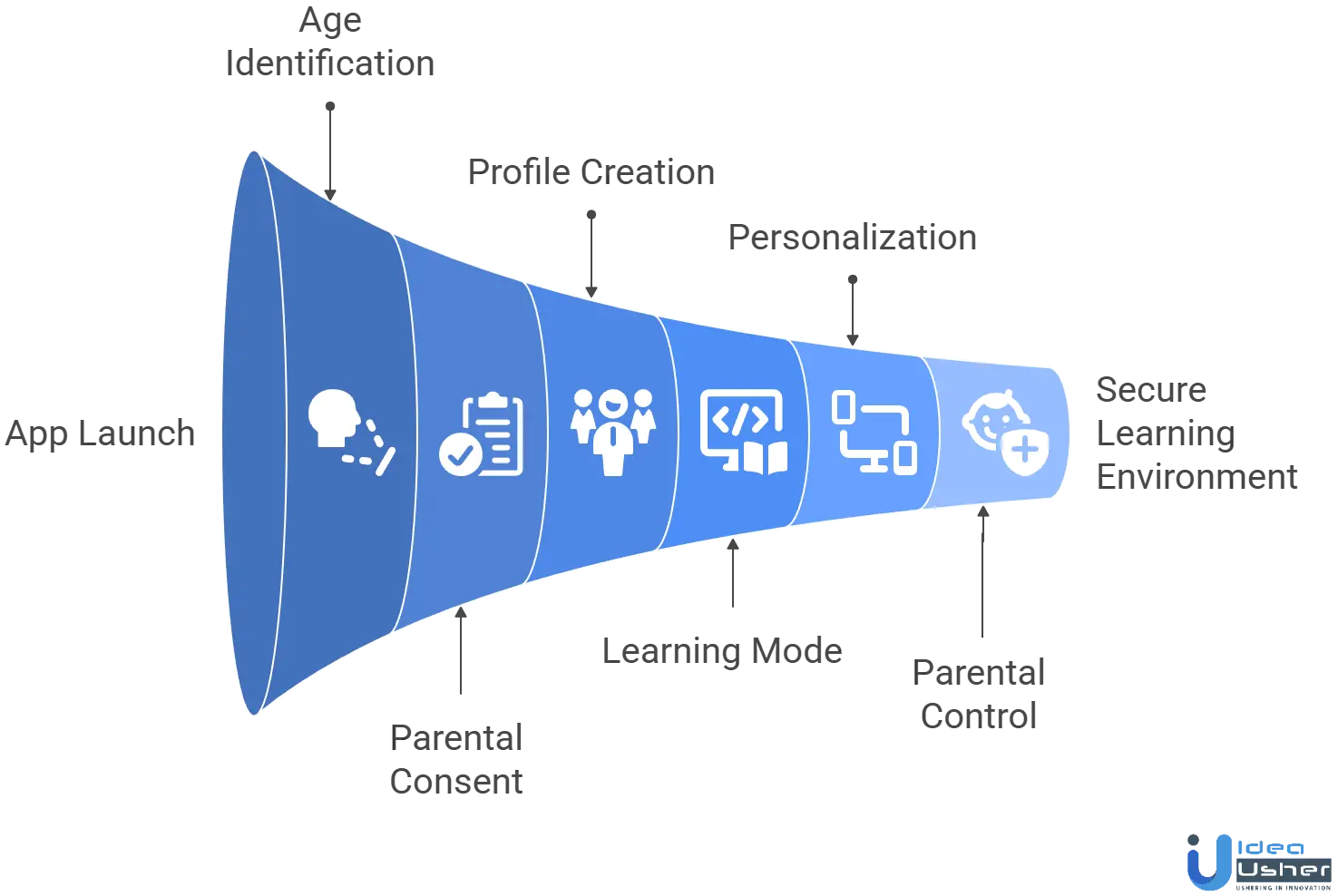
1. Minimal Age Gate & Role Identification
When you open the app, it only asks for your age or year of birth and nothing else.
- If the user is under 13, the system switches into child mode and blocks features that require personal info.
- If the user is 13 or a parent, they can proceed with the standard flow.
- No names, emails, or identifiers are collected at this point.
- The goal here is simply to classify the user before any sensitive data is touched.
2. Verifiable Parental Consent (VPC)
When the system detects a child account, it triggers the parental consent flow. Parents can verify using approved COPPA methods such as:
- Email + follow-up action
- Small credit/debit card authorization
- Signed digital consent form
- Short phone or video confirmation, when required
- ID verification (used only when absolutely necessary)
Every consent event is logged with a timestamp, verification method, and a stored consent record for compliance and auditing. Only after verification is completed does the child’s learning environment unlock.
3. Privacy-First Child Profile
The child profile collects only essential details like a nickname, avatar, and age or grade range. No real names, emails, or locations are required. Parents control all inputs, ensuring the child enters the app with minimal, non-identifiable information.
4. Child Learning Mode
The child learning mode creates a secure, distraction-free space with no ads, external links, social features, or personal-data prompts. Kids access only age-appropriate lessons, games, and activities, all contained within a protected interface designed to keep them focused and safe.
5. Smart Personalization (Without Behavioral Tracking)
The app adjusts activities based on:
- Lesson progress
- Scores and mastery
- Time spent per activity
- Strengths and weak spots
Personalization is based on in-app performance only, using local or pseudonymous identifiers.
Nothing is shared with advertisers or external trackers; third-party analytics (if used) must be aggregated and de-identified.
6. Parent Dashboard & Ongoing Controls
Parents get a private dashboard where they can:
- Monitor progress and skill growth
- Approve new content
- Set screen-time or study limits
- Adjust privacy settings
- Export or delete the child’s data
- Revoke consent at any time
All parental actions generate a secure audit trail, reinforcing transparency and control.
7. Secure Data Handling & Retention
The app protects data through strong encryption, controlled access, reviewed third-party tools, and strict retention policies. Parents can request deletion at any time, and continuous monitoring ensures ongoing COPPA alignment and overall system security.
What 68% of Parents Want Most in Kids’ Apps & How It Impacts Your Business?
The global education apps market hit $6.01B in 2024 and is projected to jump to $33.51B by 2033 at a rapid 21.04% CAGR. This wave is being pushed by parents who expect more than entertainment; they want meaningful learning.

In fact, 68% of parents prioritize educational value when choosing apps, and 84% care deeply about online safety, making COPPA-compliant learning platforms a clear winner in today’s market.
Why COPPA-Compliant Learning Apps Are Gaining Serious Momentum?
COPPA compliance is now a top priority for families. Paired with strong educational content, these apps are the preferred choice for parents seeking safer, more meaningful digital learning.
1. Real Learning Outcomes Are Driving Adoption
Kids are using educational apps more often; in 2023, 65% of children aged 3 to 10 used them weekly. Just 30 minutes of digital learning improves early literacy and math. Parents see these benefits and pick effective apps.
2. Families Are Willing to Pay for Quality
Premium kids’ learning platforms grew by 42%, with STEM rising by 38%. Parents seek curated, research-backed, age-appropriate content and are willing to pay for safe, ad-free environments.
3. Privacy-First Design Builds Trust
As digital safety becomes more important, COPPA-compliant apps are gaining attention. Clear data practices, safe onboarding, and parent dashboards help build transparency and encourage long-term loyalty.
4. Engagement Is Evolving Through Gamified Learning
Educational apps that incorporate game-based learning saw 36% higher usage. When done right, gamification keeps kids motivated and helps concepts “stick” without feeling like homework.

Why Businesses Are Confident Entering This Space?
Demand is rising, tech is evolving, and regulations are clearer than ever. It’s a rare moment where consumer behavior and industry infrastructure are aligned.
1. Strong Monetization Potential
The 42% growth in premium subscriptions shows families will pay for high-quality, COPPA-compliant learning tools. Models like monthly memberships, multi-device access, and offline usage create stable, predictable revenue.
2. Mature Tech Infrastructure
AI, cloud tools, and modern frameworks simplify building advanced learning apps by providing ready-made systems for analytics, adaptive learning, and content management, making development easier and more affordable.
3. Inclusive Design Expands Market Reach
Multilingual content is now vital for growth, with 54% of apps supporting multiple languages. Coupled with cross-platform access and offline modes, it enables developers to reach global users and support more families.
4. Regulatory Clarity Reduces Risk
COPPA’s guidelines provide a predictable framework. Companies that invest early in compliance gain a long-term credibility advantage and avoid costly setbacks later.
The Future of Kids’ Learning Apps: Where the Market Is Heading
The next wave of innovation brings together personalization, immersive learning, and accessibility. Below are the main technologies driving these changes, organized into clear and distinct sections.
A. AI-Powered Personalization Becomes the Norm
More than half of new kids’ apps integrate AI to adapt difficulty, pacing, and content in real time. Personalized learning:
- Boosts engagement
- Improves skill mastery
- Tailors lessons to a child’s unique rhythm
This is quickly becoming an expected feature rather than a differentiator.
B. AR/VR Turns Learning Into an Experience
Immersive formats are rapidly moving mainstream:
- 40% of U.S. K–12 schools will use AR/VR in 2024, up from 20% in 2022
- Kids’ learning apps saw a 34% rise in AR integration
From virtual field trips to interactive science labs, immersive learning improves comprehension and keeps kids genuinely curious.
The Opportunity for New Businesses
The convergence of market demand, parent expectations, and maturing technology has created a rare window of opportunity for businesses.
A COPPA-compliant platform built with strong educational foundations can:
- Serve the needs of parents who value safety and learning outcomes
- Deliver measurable literacy and math improvements
- Leverage premium subscriptions for sustainable revenue
- Stand out with early adoption of AI, AR, and adaptive learning
- Expand globally through multilingual, accessible content
The edtech landscape is changing quickly, and right now, businesses that are willing to innovate responsibly have a real advantage.
Essential Features for a COPPA-Compliant Kids’ Learning App
A COPPA-compliant kids’ learning app is not only legally safe. It is also carefully designed to protect young users and give parents confidence and control. Here are the key features every educational app should have to meet COPPA standards and create a safe digital environment.

1. Child-Safe User Accounts (No Personal Identifiers)
Kids’ profiles should avoid collecting sensitive data such as full names, photos, or exact locations. Instead, apps usually rely on anonymous IDs or avatar-based profiles to keep children unidentifiable while still personalizing their learning journey.
2. Verifiable Parental Consent (VPC) System
Before any data is collected, a secure consent flow must allow parents to approve the app’s data practices. This may include consent via email verification, payment card authentication, government ID checks, or other approved methods.
3. Transparent and Parent-Friendly Privacy Dashboard
Parents should be able to easily view what information is collected, how it is used, and with whom it is shared. A dedicated dashboard allows them to modify privacy settings, manage consents, and request to delete their child’s data at any moment.
4. Minimal and Purpose-Driven Data Collection
The app should only collect what is necessary such as progress metrics or activity data to improve learning outcomes. Background trackers, behavioral analytics, or unnecessary data points should be completely avoided.
5. Secure Data Storage and Transfer Protocols
End-to-end encryption, secure API calls, and strict access controls are essential. As children’s data is highly sensitive, every database and server handling this information must meet strong security standards.
6. Safe, Ad-Free User Experience
COPPA encourages removing targeted ads entirely from kids’ environments. A learning app must offer a clean, distraction-free interface without advertisers collecting hidden data through third-party SDKs.
7. Strict Third-Party Vendor
Any analytics, gamification, or educational plugin integrated into the app must also comply with COPPA rules. A compliance audit should be performed to ensure no third-party tool secretly gathers children’s data.
8. Clear “Just-In-Time” Notices for Parents
Whenever data collection changes or a new feature requires additional permissions, the app should provide instant, context-based notices to parents before enabling that feature.
9. Age-Gating and Identity Verification
If the app serves a mixed-age audience, it must include an initial age screen to distinguish under-13 users. Children should automatically be placed in a high-privacy mode, while adults receive full access.
10. Easy Data Deletion and Revocation Requests
Parents must have the ability to quickly delete their child’s data or withdraw consent at any time. This should happen through an accessible button or request process, no hidden steps or long waiting periods.

How to Build a COPPA-Compliant Kids’ Learning App?
Creating a COPPA-compliant kids’ learning app requires balancing educational value with strict privacy standards. Our process protects young users at each stage while keeping the app engaging, intuitive, and secure. Here’s how we approach the COPPA-focused development lifecycle.
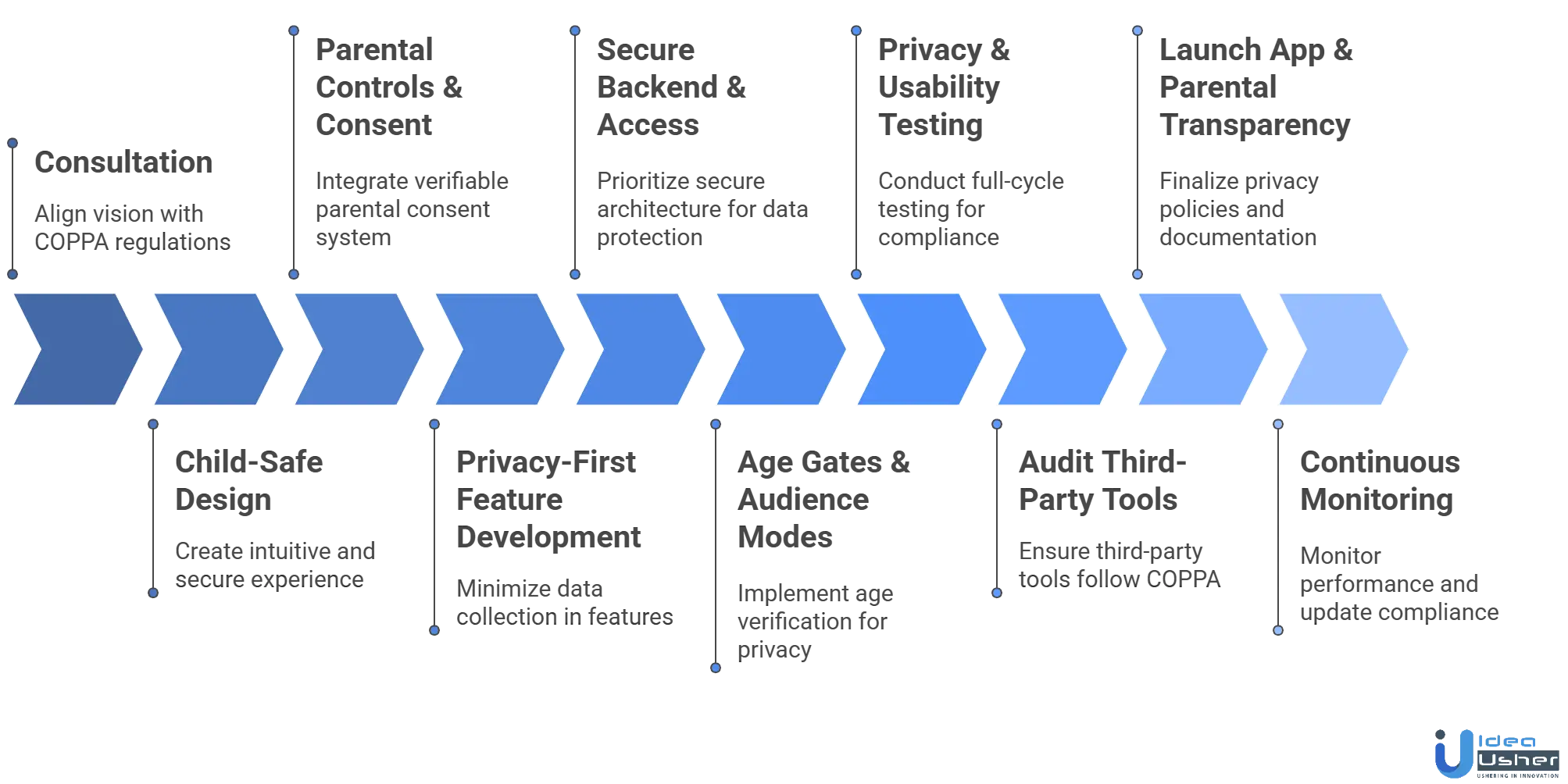
1. Consultation
We align your app’s vision with COPPA regulations from the start. Our team analyzes core features, identifies data points, and defines essential functions. We adopt a “privacy-by-default” approach, removing unnecessary data flow before development. We also plan parental involvement, consent processes, and age-gating to ensure safety.
2. Child-Safe Design
Next, our designers create an experience that feels natural for kids and transparent for parents. We develop safe onboarding, intuitive navigation, and visual elements that support learning without distractions. Every interaction is designed to prevent accidental data sharing, keeping the educational experience enjoyable and secure.
3. Parental Controls & Consent
Our developers then design and integrate the verifiable parental consent (VPC) system. This includes parent authentication, consent approval steps, and preference management dashboards. We make sure that no data-collecting feature becomes accessible to a child unless a parent authorizes it, creating a robust structure that meets legal and ethical expectations.
4. Privacy-First Feature Development
We follow strict data minimization rules when building features like learning modules, progress tracking, or gamification. Developers avoid personal identifiers and use only essential data. Features run in high-privacy mode for under-13 users, ensuring children safety as the app scales.
5. Secure Backend & Access
Our backend team prioritizes secure architecture designed specifically for protecting children’s data. We incorporate controlled access levels, secure data handling, and encrypted communication channels. The focus remains on building strong security layers that shield sensitive information at every point in the system.
6. Age Gates & Audience Modes
If the platform serves multiple age groups, we implement age verification gates to segment users. Depending on the age bracket, the app automatically switches into a stricter privacy mode. This ensures younger users never access features or content that could compromise COPPA compliance, maintaining a safe environment for all.
7. Privacy & Usability Testing
Before deployment, our QA team conducts full-cycle testing that includes privacy validation, consent-flow testing, and data-leak checks. We simulate real usage to ensure no hidden trackers, unauthorized data flows, or security gaps exist. Usability testing ensures the app remains fun, smooth, and friendly for kids and parents alike.
8. Audit Third-Party Tools
Our developers thoroughly examine all external services and SDKs to confirm they follow COPPA guidelines. Any plugin, whether for analytics, content streaming, or learning tools is scrutinized to ensure it doesn’t collect or expose identifiable child data. We only integrate partners that fully support child-safe data practices.
9. Launch App & Parental Transparency
As we near launch, we finalize privacy policies, parental disclosure statements, and app-store documentation. We ensure that every privacy explanation is easy for parents to understand, free from legal jargon, and fully transparent about how the app handles data. This helps build trust and demonstrates a commitment to responsible design.
10. Continuous Monitoring
Our involvement doesn’t stop at launch. We continuously monitor the app’s performance, review incoming data flows, and update features to maintain compliance as regulations evolve. Regular audits and ongoing optimization ensure long-term COPPA safety and operational integrity.
Cost to Build a COPPA Kids’ Learning App
Building a COPPA-compliant kids’ learning app needs careful planning, privacy-focused development, and secure backend. The budget varies with features, UI, and parental controls. Here’s an estimated cost breakdown for each phase.
| Development Phase | Description | Estimated Cost |
| Consultation | Initial requirements gathering, COPPA compliance mapping, and privacy-first planning. | $3,000 – $6,000 |
| Child-Safe Design | Designing kid-friendly UI/UX, safe onboarding flows, and visually intuitive learning pathways. | $10,000 – $16,000 |
| Parental Controls & Consent | Building verifiable parental consent (VPC) workflows, parent dashboards, and secure approval systems. | $14,000 – $22,000 |
| Privacy-First Feature Development | Developing core learning modules using strict data minimization and high-privacy logic for under-13 users. | $18,000 – $30,000 |
| Secure Backend & Access | Implementing encryption, restricted access layers, secure APIs, and privacy-aligned data handling. | $8,000 – $15,000 |
| Age Gates & Audience Modes | Building age-gating flows, mixed-audience modes, and automatic privacy-level switching. | $9,000 – $16,000 |
| Privacy & Usability Testing | Conducting security audits, COPPA compliance testing, consent-flow validation, and kid-friendly usability checks. | $6,000 – $12,000 |
| Audit Third-Party Tools | Vetting all SDKs, plugins, analytics tools, and ensuring full COPPA-aligned operations. | $4,000 – $8,000 |
| Launch App | Preparing privacy disclosures, parent-friendly policy documents, and ensuring app-store compliance. | $5,000 – $10,000 |
| Continuous Monitoring | Ongoing COPPA compliance reviews, updates, feature audits, and optimization after launch. | $9,000 – $19,000 |
Total Estimated Cost: $55,000 – $128,000
Note: Development costs vary with model complexity, parental controls, and data safety. Add-ons like analytics, real-time monitoring, offline learning, or multi-region compliance raise expenses.
Consult with IdeaUsher to receive a personalized cost estimate, tailored development roadmap, and expert guidance on building a fully COPPA-compliant kids’ learning app that is safe, scalable, and future-ready.
Challenges & Solutions of COPPA Kids’ Learning App Development
Building a COPPA-compliant kids’ learning app goes beyond coding features; it requires navigating strict data regulations, designing for young users, and ensuring airtight security. Here are the most critical challenges and how they can be solved effectively.
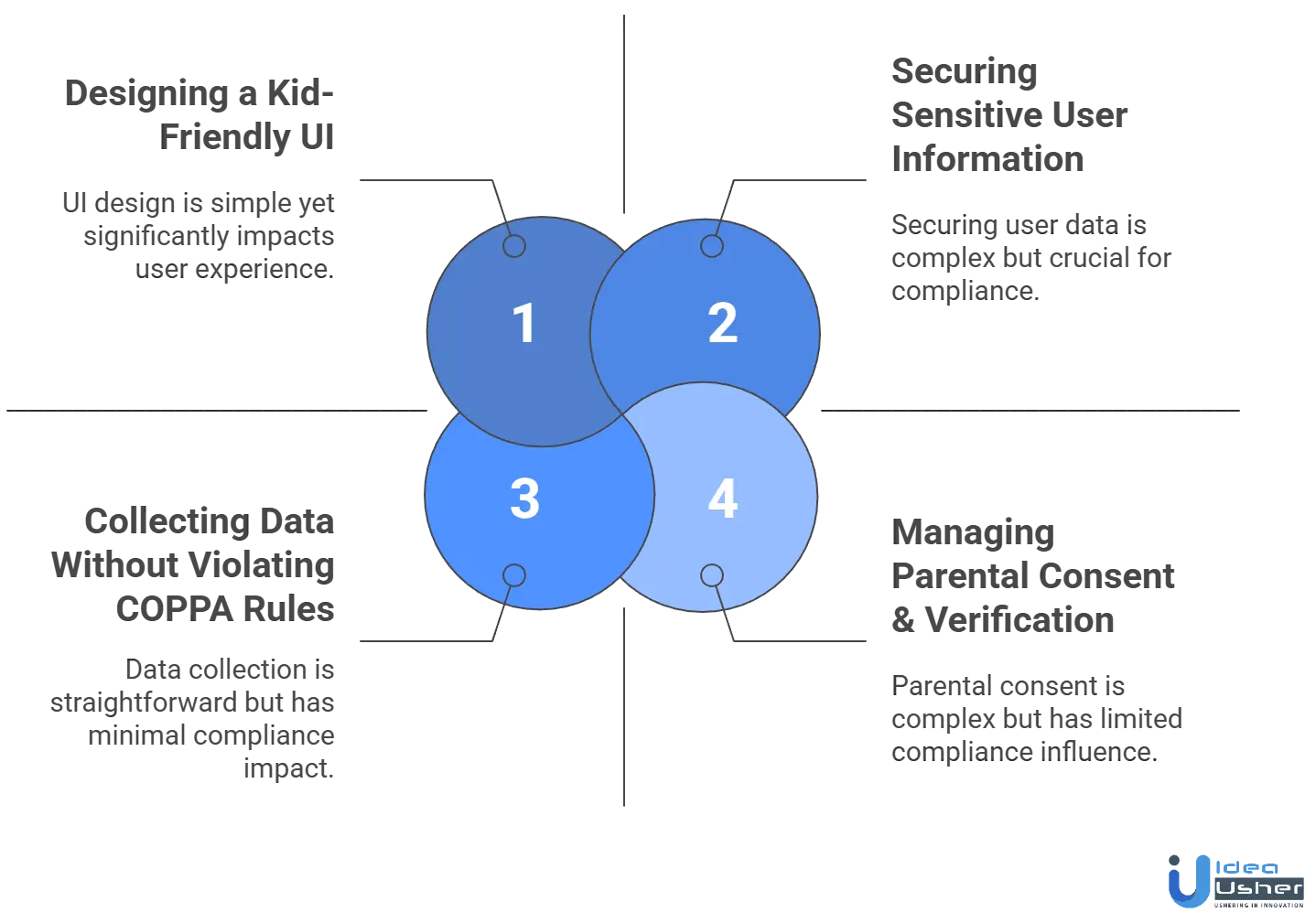
1. Collecting Data Without Violating COPPA Rules
Challenge: Kids’ apps must minimize data collection, yet features like progress tracking or personalization often require some form of user information. The challenge is balancing useful functionality with strict data limits.
Solution: We develop the app with a “privacy-by-design” approach, collecting only essential, anonymized data. For any PII, we use a verified parental consent process to stay compliant, keeping the app functional without privacy issues.
2. Securing Sensitive User Information
Challenge: Young users are highly vulnerable to data breaches, making security a major concern. Threats like unauthorized access, leaks, or improper data sharing can lead to immediate violations.
Solution: Our developers implement end-to-end encryption, role-based access control, and strict data-retention policies. We set up secure user segmentation, ensuring children’s data isn’t exposed to third-party advertisers or platforms, guaranteeing a protected, compliant data environment.
3. Designing a UI That’s Kid-Friendly Yet Compliant
Challenge: When designing interfaces for kids, keep it simple and clear. COPPA requires UI elements not to mislead children into sharing information or making purchases.
Solution: We follow a child-safe design language like large visuals, intuitive navigation, and zero dark patterns. All data-related actions are displayed only to parents through a separate parent dashboard. This keeps the child experience safe, smooth, and COPPA-aligned.
4. Managing Parental Consent & Verification
Challenge: Verifying parents is one of the most complex COPPA requirements because not all verification methods are allowed. If done poorly, it disrupts onboarding; if overlooked, it causes compliance risks.
Solution: We integrate approved verification methods, such as email authentication, credit-card verification, or government ID checks. The system stores consent records securely and updates permissions automatically, ensuring a frictionless yet compliant onboarding workflow.

Revenue Models for COPPA-Compliant Kids’ Learning Apps
Monetizing educational apps for children under 13 requires careful adherence to COPPA regulations, which restrict advertising and data collection. These are the most effective revenue models for kids’ learning apps while ensuring compliance and maintaining a safe, engaging experience for young users.
1. Paid App (One-Time Purchase)
A paid app charges a one-time fee for full access, enabling developers to focus on quality content without ads or data collection. Ideal for comprehensive curricula or complete learning suites at installation.
Example: Endless Alphabet offers a full set of alphabet and vocabulary activities with a one-time purchase, giving children unlimited access with no ads or extra fees.
2. Subscription Model
The subscription model provides access to app content for a recurring fee, typically monthly or yearly. This allows developers to regularly add new modules, update content, and sustain engagement. Subscriptions suit apps with extensive educational resources or gamified learning, promoting ongoing participation and steady revenue.
Examples: ABCmouse offers a large, regularly updated library of lessons and activities through a recurring subscription for continuous learning.
3. Freemium Model
Freemium apps offer a free basic version with core content, while premium features or content are available as upgrades. This balances accessibility and monetization, encouraging users to try the app and allowing parents to unlock advanced modules, offline content, or gamified experiences.
Examples: Duolingo Kids gives free core language lessons with optional paid modules for advanced content, balancing accessibility and premium upgrades.
4. In-App Purchases (IAP)
In-app purchases (IAPs) sell digital content or app features within free or freemium apps, like new levels or content packs. They offer flexible monetization while keeping the app accessible. All purchases require parental consent to comply with COPPA.
Examples: Sago Mini World is free to start, with optional in-app purchases for extra games and activities, all requiring parental consent for COPPA compliance.
5. Educational Partnerships / Licensing
Licensing the app to schools, educational institutions, or third-party platforms generates revenue through institutional adoption, ensuring the app reaches a broad audience in a controlled setting and provides steady income. It is especially effective for apps with structured curricula, lesson plans, or classroom resources.
Examples: BrainPOP licenses videos, quizzes, and lesson plans to schools, providing structured classroom content while generating stable B2B revenue.
Top COPPA-Compliant Educational Apps In The Market
These apps combine safe, engaging, and curriculum-aligned learning experiences for children ages 2–8. With COPPA compliance, parents can trust their kids are learning in a secure, ad-free environment.
1. Khan Academy Kids
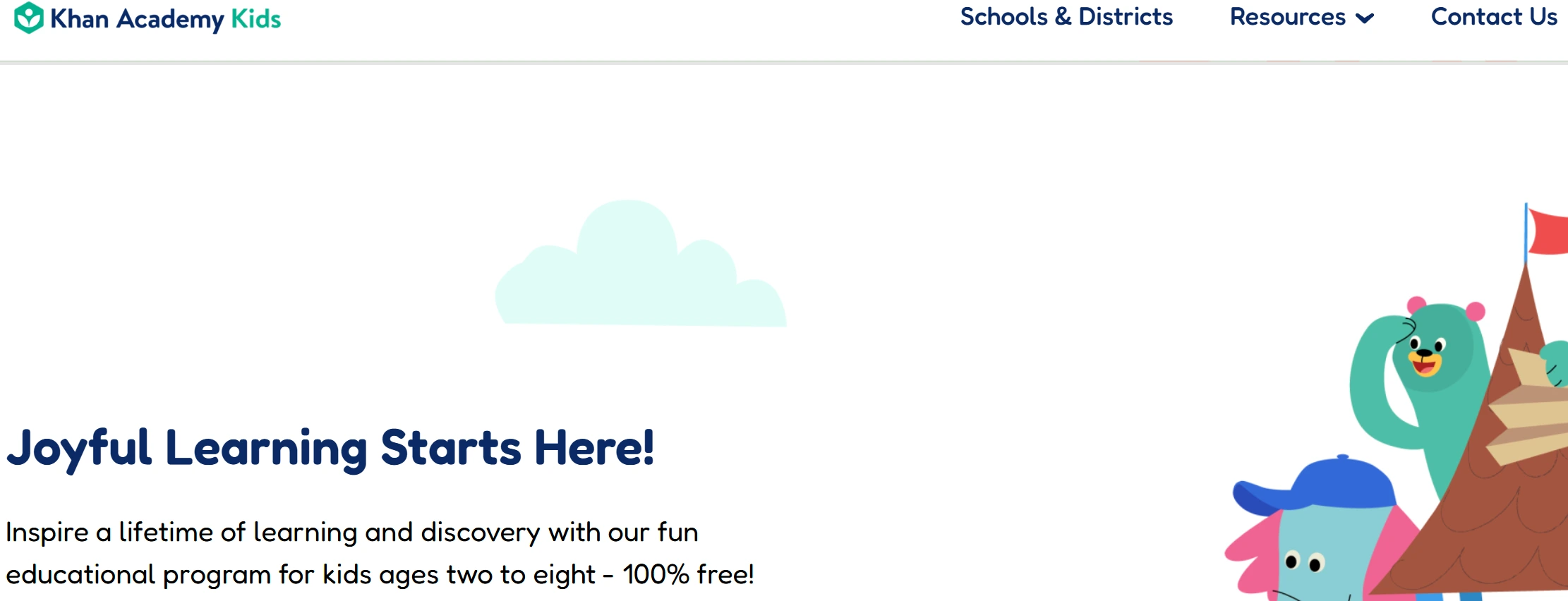
Khan Academy Kids is a free app for children aged 2–8, offering curricula in literacy, numeracy, problem-solving, and social-emotional skills. It is ad-free, has no in-app purchases, and complies with COPPA. It includes interactive activities and engaging characters that make learning fun.
2. Kidovo
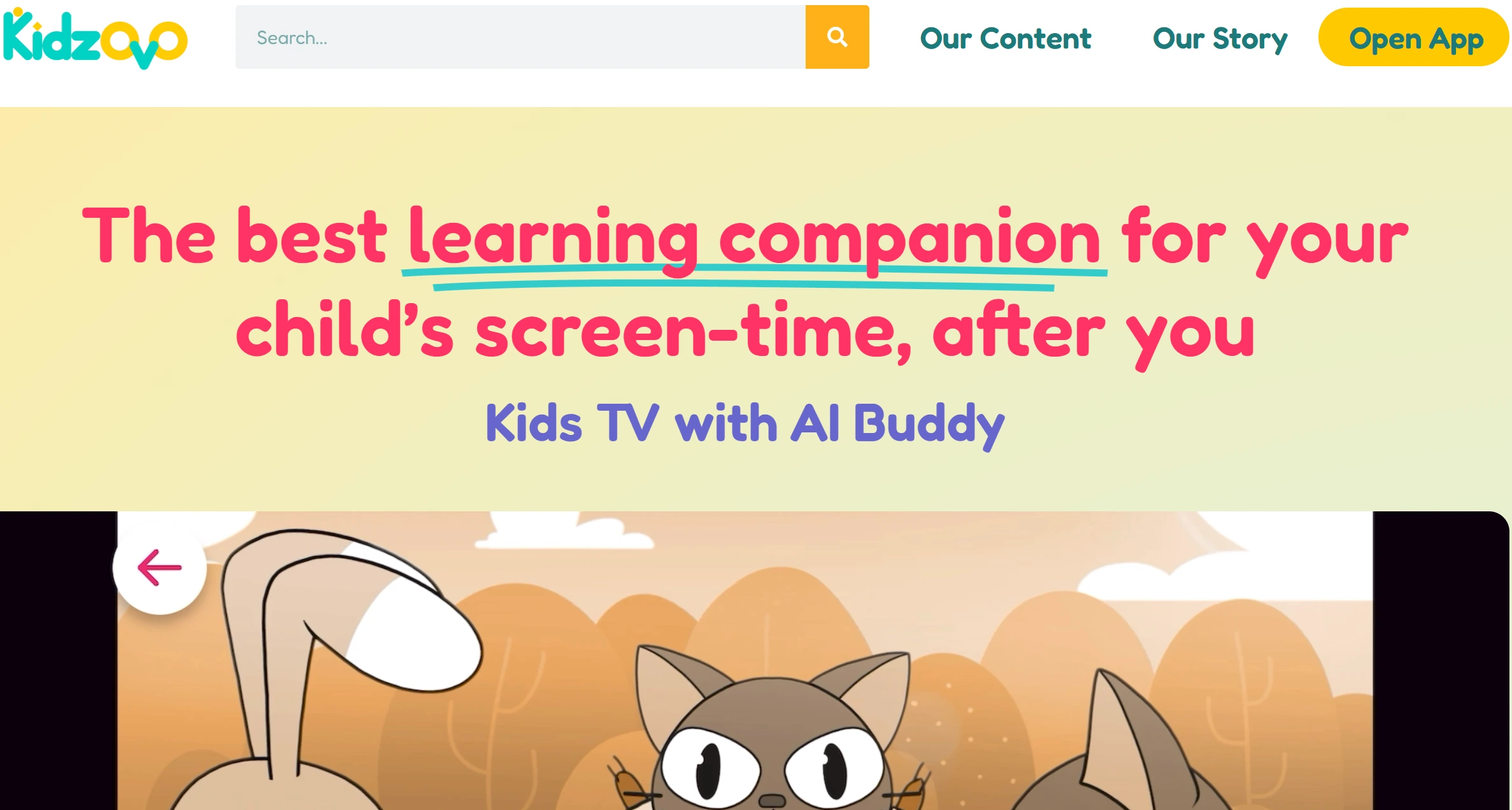
Kidovo provides curated educational content like interactive stories, videos, and activities for ages 2–8. KidSAFE+ COPPA-certified, it ensures safe content and data handling. The platform emphasizes guided learning paths for children to explore topics safely with parental monitoring.
3. HOMER
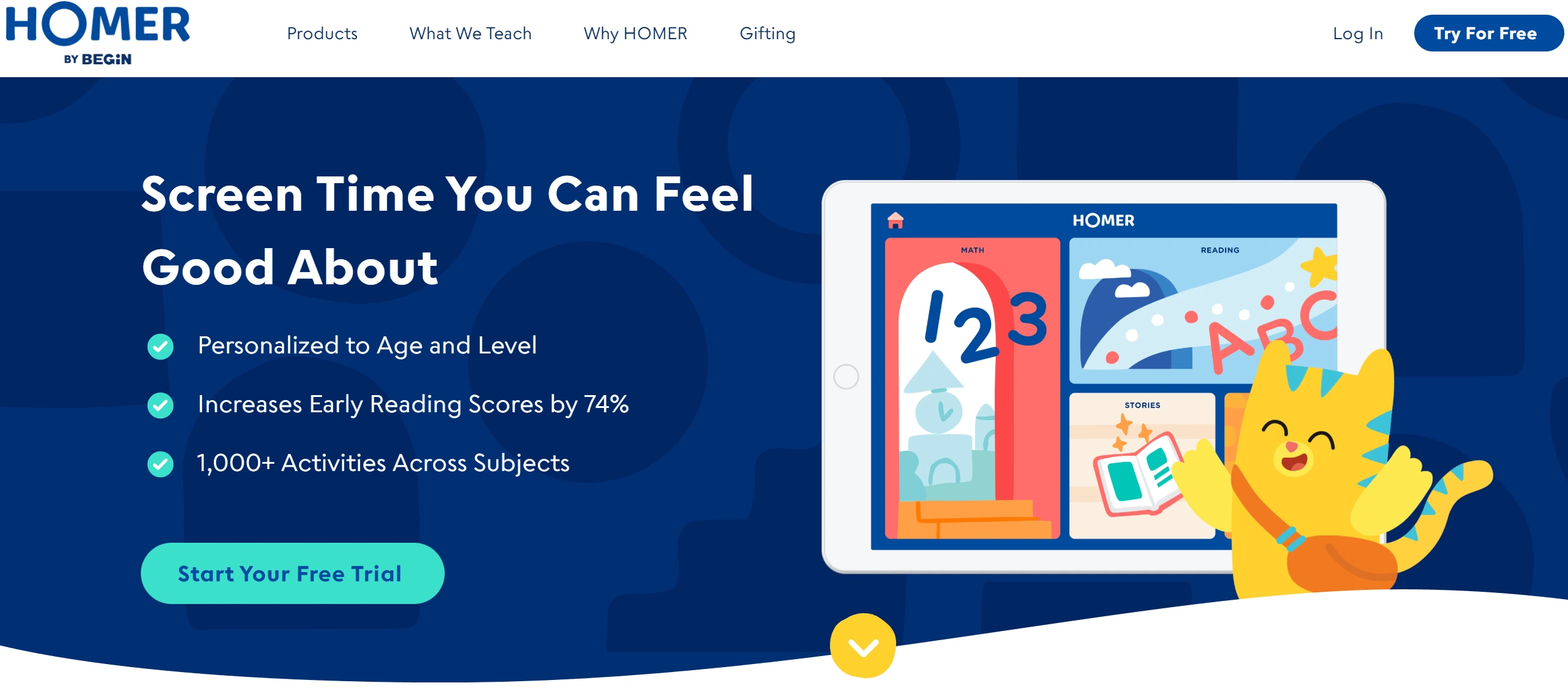
HOMER offers personalized learning in reading, math, critical thinking, and creativity for young learners. COPPA-certified, it provides controlled data use, transparent parental dashboards, and suitable permission settings. Its adaptive engine adjusts difficulty based on progress, keeping children challenged and motivated.
4. PBS KIDS Games
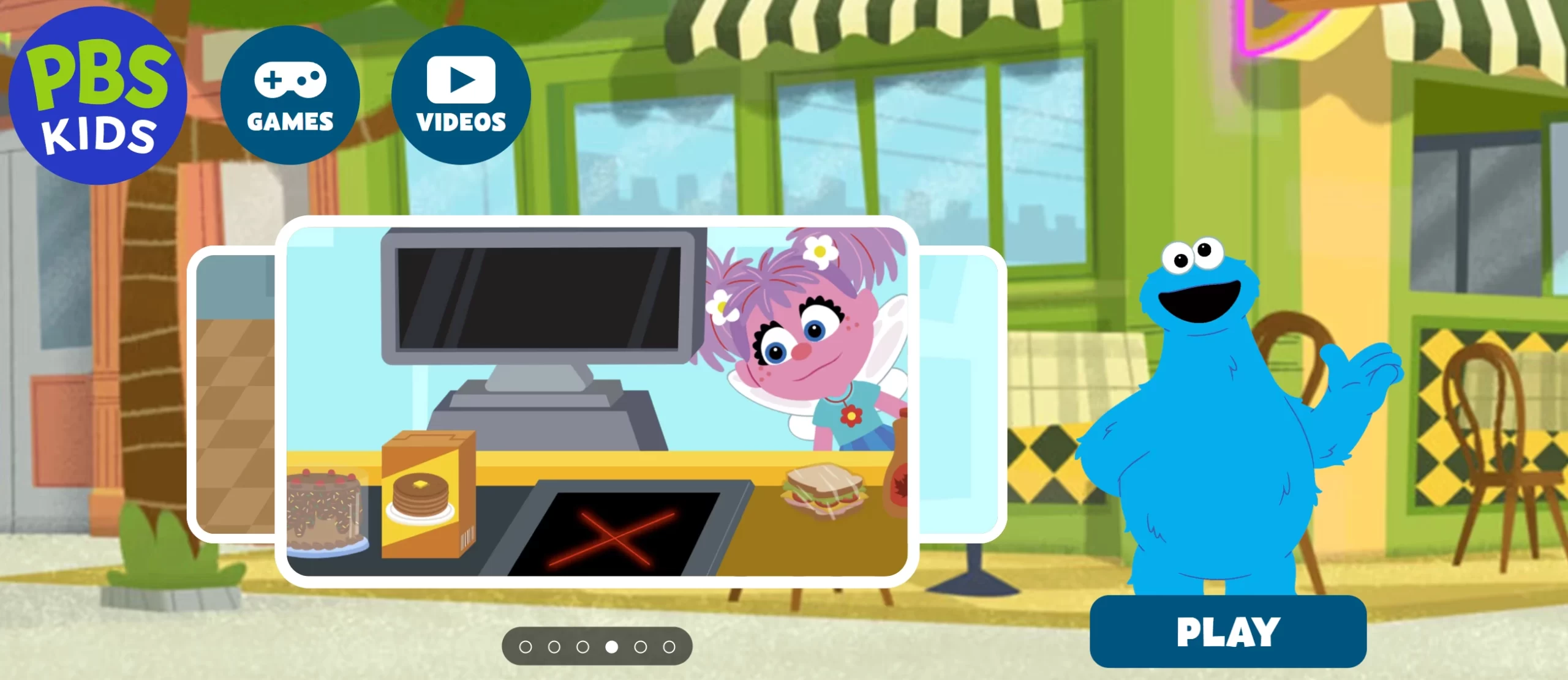
PBS KIDS Games provides curriculum-aligned games in science, math, and reading, developed by PBS with COPPA compliance, strict data protocols, limited personal info collection, and parental guidance. It features familiar PBS characters to make learning engaging and relatable for kids.
5. Lingokids
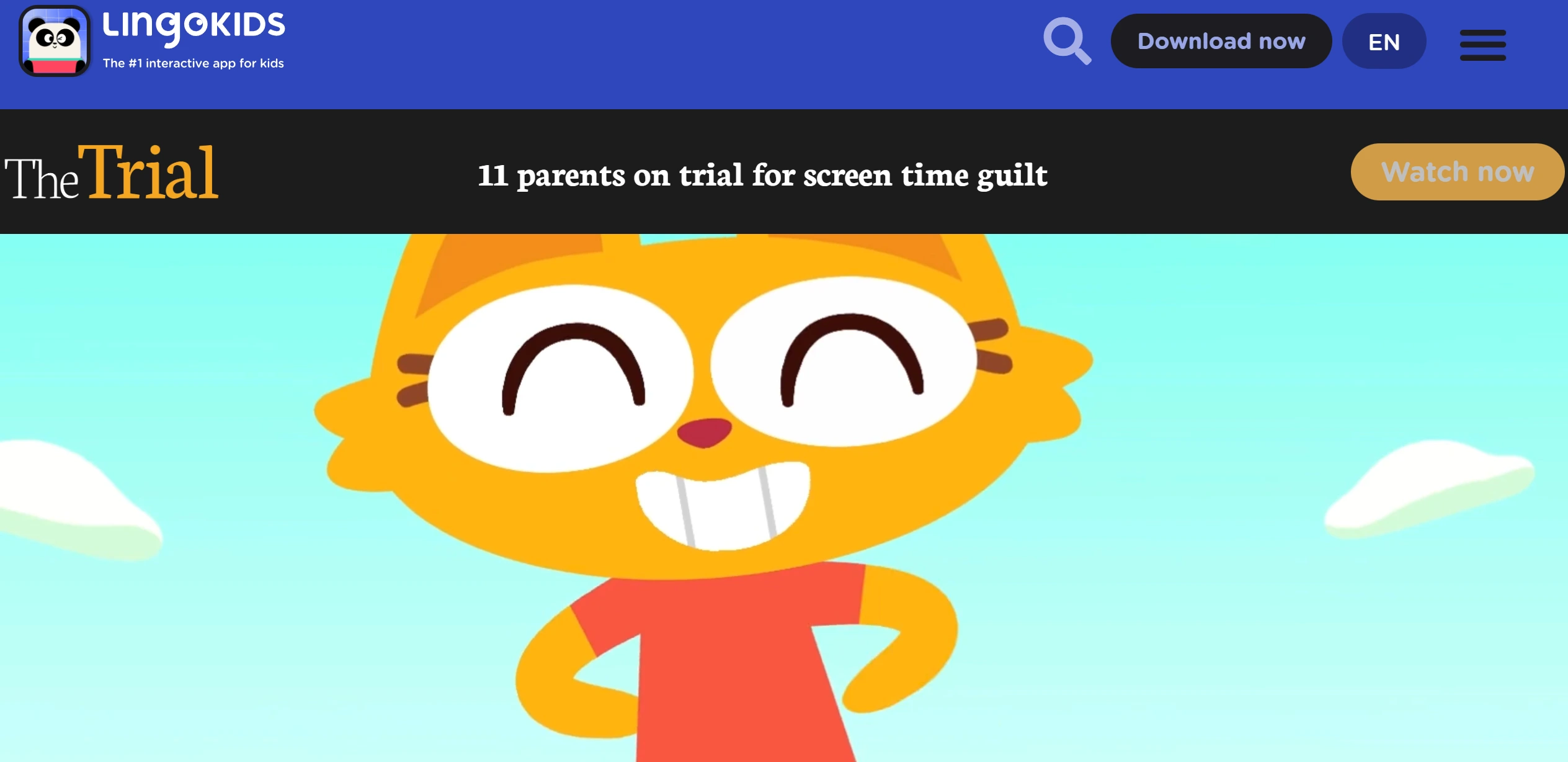
Lingokids offers lessons in English, STEM, literacy, and knowledge for early learners. It complies with COPPA through limited data collection, parental consent, and ad protections. The platform includes playful lessons and rewards to promote ongoing learning and skills.
Conclusion
Building a COPPA compliant learning app development project calls for clarity, careful planning, and a strong focus on child safety. When you combine thoughtful design with the right technical safeguards, the result is a platform parents can trust and children can enjoy without risk. It helps to treat compliance as a foundation rather than an add on, since it guides better decisions at every stage. With a solid framework in place, your app can deliver engaging educational experiences while meeting all required privacy standards.
Why Choose IdeaUsher for COPPA-Compliant Learning App Development?
Building a kids’ learning app requires more than great content. It demands trust, privacy, and strict compliance with COPPA guidelines. At IdeaUsher, we specialize in designing secure environments where children can learn safely while parents stay fully informed.
Why Work With Us?
- Compliance Driven Approach: Every feature is crafted to meet COPPA rules, reducing legal risk and protecting young users.
- Custom Learning Ecosystems: We design structured, engaging learning journeys tailored to your target age groups.
- Parental-Control Expertise: Our team builds intuitive dashboards that give parents complete transparency.
- Security First Development: End-to-end encryption, consent workflows, and safe data practices come standard in every project.
Explore our portfolio to see how we help companies build secure educational platforms that earn long-term family trust.
Reach out for a free consultation and let us help you launch a fully compliant learning experience for children and parents alike.
Work with Ex-MAANG developers to build next-gen apps schedule your consultation now
FAQs
A COPPA compliant app must collect only essential data, request verifiable parental consent, and provide clear disclosures about data use. It should offer strong privacy controls, restrict tracking technologies, and ensure all features are safe for children under 13 without compromising the learning experience.
Parental consent can be managed through verified email approval, credit card checks, or documented identity confirmation. The process should be simple, transparent, and placed before any data collection begins. This ensures trust while maintaining a smooth onboarding experience for families.
Safe design includes age-appropriate UI, no deceptive prompts, and limited interaction points that could lead to unintended data sharing. Content should be guided, predictable, and free from ads that target children. Every element must reflect clarity, comfort, and privacy protection.
Cost varies between $55,000 – $128,000, based on features, content depth, compliance checks, and security layers. Budget typically increases when parental dashboards, encryption, and audit processes are included. The investment ensures long-term trust and reduces legal risks, making it a critical part of overall development planning.






